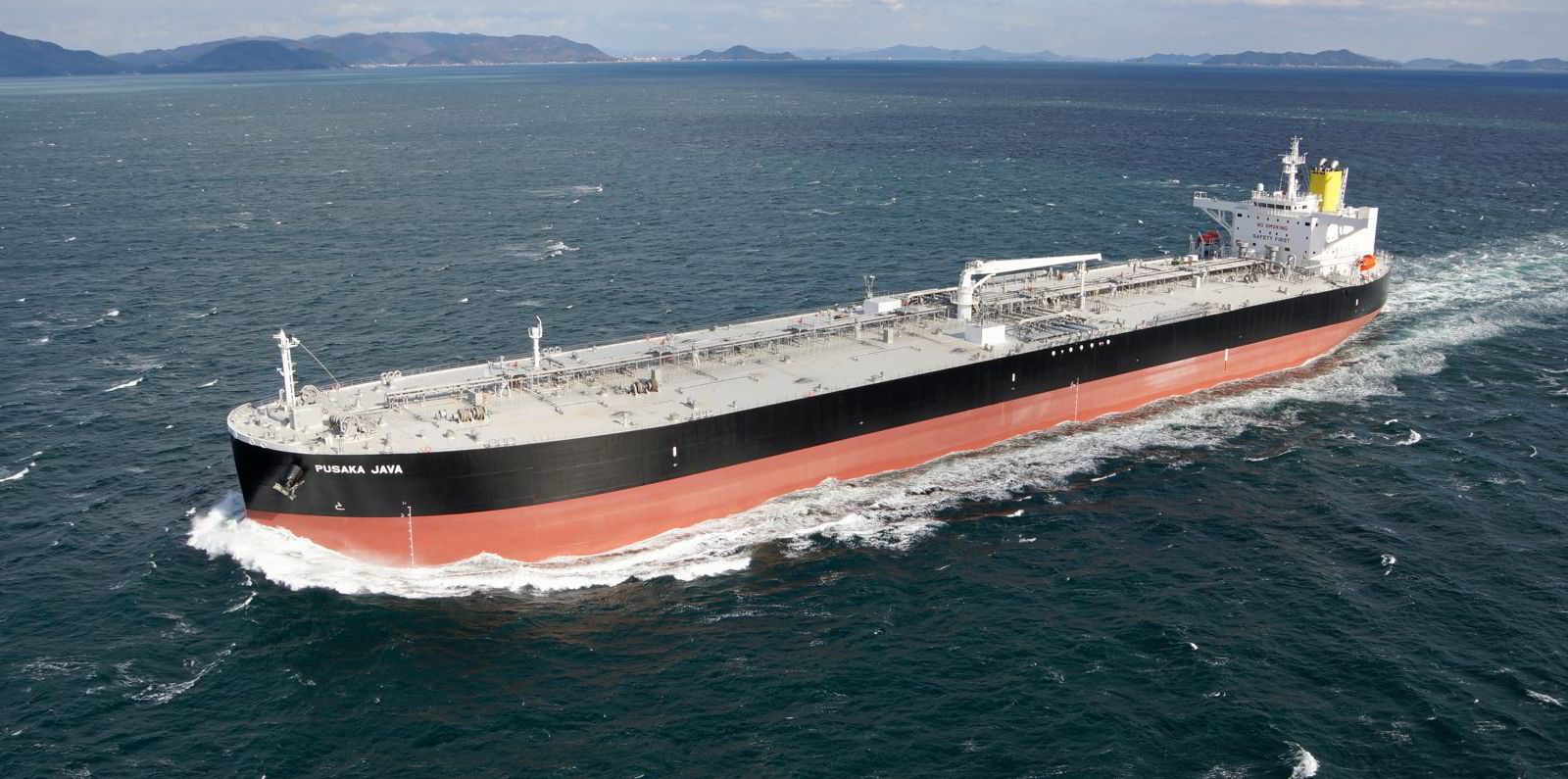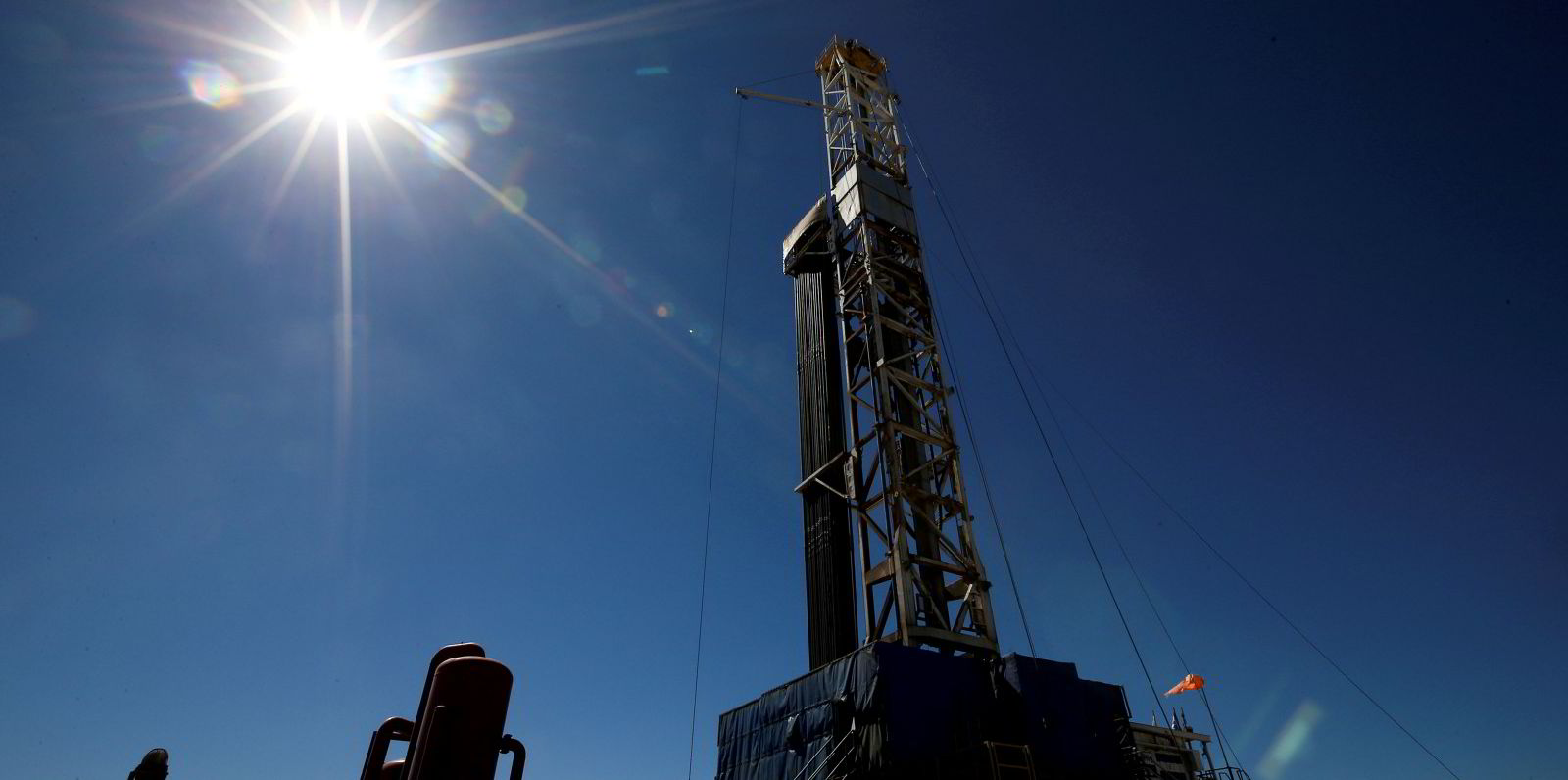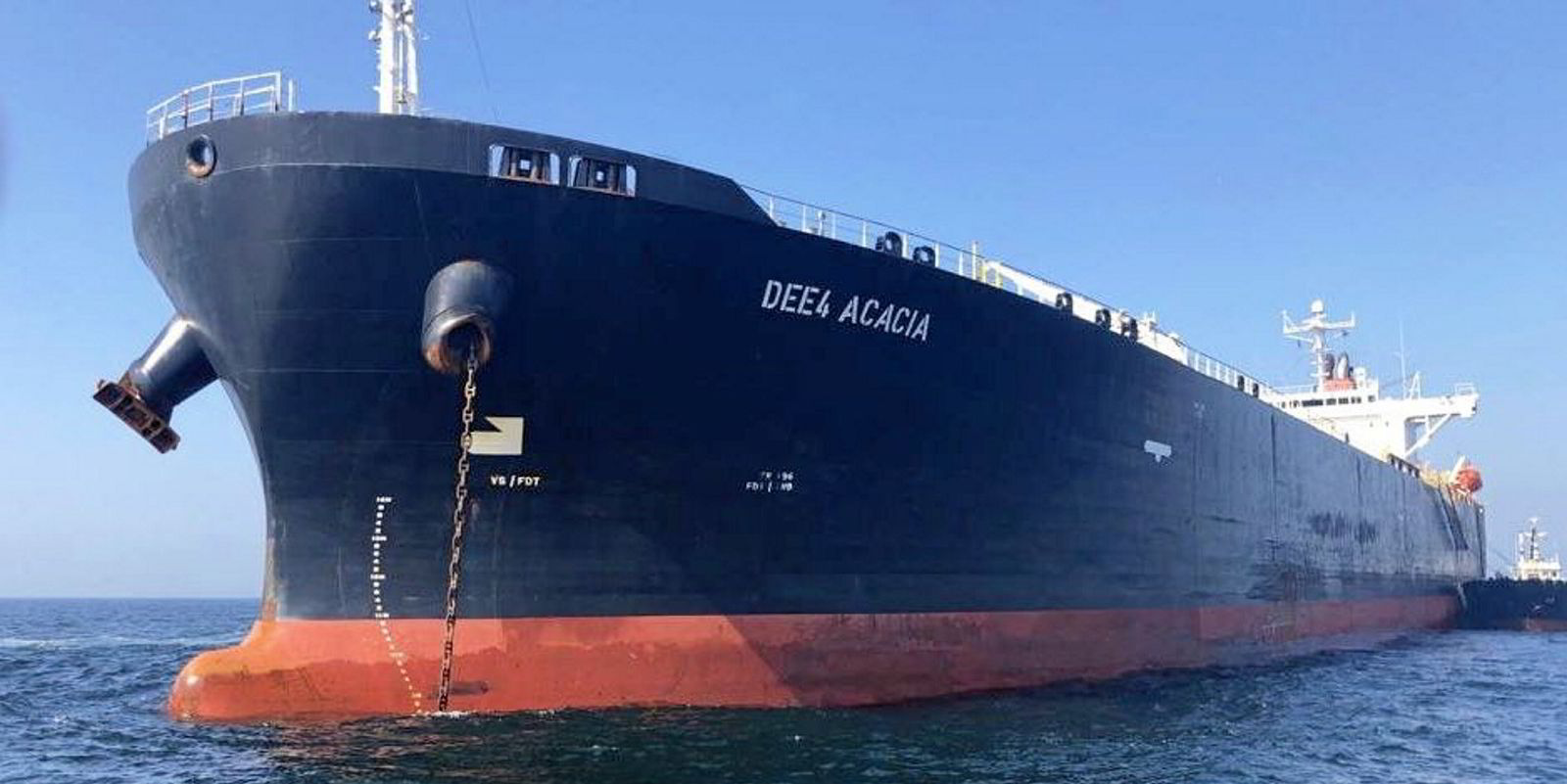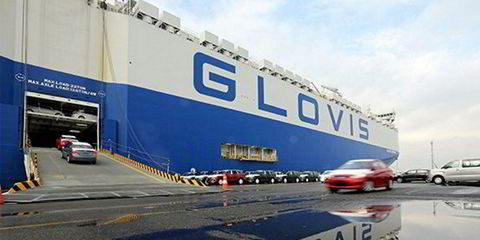US shipbroker Poten & Partners believes aframax owners are set for a major boost due to increasing Canadian exports.
Erik Broekhuizen, the company's manager of marine research and consulting, said aframax trades from the North American side of the Pacific Basin have been dominated by Jones Act movements from Alaska southwards.
This trade is expected to gradually decline with falling Alaskan production, he added.
But Broekhuizen said: "In recent years, there has also been a trickle of crude coming out of Canada."
This amounts to one or two cargoes per month now, but this is expected to increase with the expansion of the Trans Mountain pipeline coming online in 2022 or 2023.
This can transport more than 600,000 barrels per day.
The volume of aframax exports is expected to rise to more than 30 voyages per month as a result.
"This could be a major boost to aframax employment in the area in the coming years," said the analyst.
The pipeline will carry crude and refined oil from Alberta to the coast of British Columbia and is currently owned by the government through the Trans Mountain Corporation.
Quieter than Asia
Poten reports that aframax activity on the Americas side of the Pacific Basin is more subdued than Asian business, at least for now.
The most active trade there has been exports from Ecuador at about 10 cargoes per month.
The main destinations are the US and Panama. Some Ecuadorian exports to Panama end up in storage tanks in Puerto Armuelles, for export to China on VLCCs, or directly transhipped onto the bigger tankers off the Panamanian coast.
Aframax crude oil trades tend to have a regional focus, with major areas including the US Gulf/Caribbean, the North Sea/Baltic and the Mediterranean.
The 80,000-dwt ships are most competitive on short to medium-haul voyages, and are much less prevalent in longer-haul Middle East and West Africa business, which tends to be dominated by VLCCs and suezmaxes.
Broekhuizen said the Pacific Basin's biggest trade is that from Indonesia and Malaysia to other ASEAN countries and China.
But there are also distinct routes from Australia and Russia, as well as South American coastal runs.
Stable volumes

Over the past five years, not much has changed in terms of overall volume of aframax crude oil export voyages in the Pacific, Broekhuizen said.
The number of ships loading in Asia and Australia has typically been between 175 and 225 voyages per month.
The lowest level was during one of the worst months of the pandemic, in May last year, when 164 export voyages were concluded. In January this year, volumes had recovered to 224 monthly liftings, with the 2021 average to date at 205 monthly voyages.
"It appears that the number of aframax voyages from Malaysia has increased markedly since early 2020," Broekhuizen said.
In the period from 2016 to 2019, the number of voyages originating in Malaysia averaged 42 per month. In 2020 the average was 47 voyages and in 2021 to date, it has increased to 59 monthly liftings.
"Since there has not been a significant increase in Malaysia’s crude oil production, we suspect that this increased activity is a result of the increased floating storage activity in Malaysian waters," Broekhuizen said.
"This is partly due to the floating storage boom after Covid-19 hit in early 2020 and partly a result of the increase in clandestine crude oil movements into Asia," he added.
Shuttling Iranian oil
"Rogue" VLCCs laden with crude from Iran and Venezuela frequently anchor off Malaysia, from where aframaxes tankers shuttle the crude to its final destination, the analyst explained.
Shuttle voyages seem to be driving the aframax activity off China as well, with an average of 27 voyages per month originating in the China Sea, Poten revealed.
In contrast, export voyages from Indonesia have gradually declined over the past five years as crude oil production has stagnated and increasing domestic demand has limited the potential for exports.
In 2016, Indonesia registered an average of 41 aframax export voyages per month. By 2019, it was down to 39 voyages and in 2021 Indonesia has exported less than 37 cargoes per month, a gradual decline.







